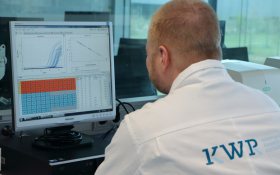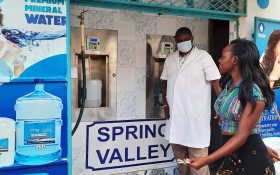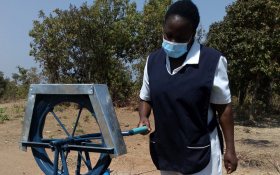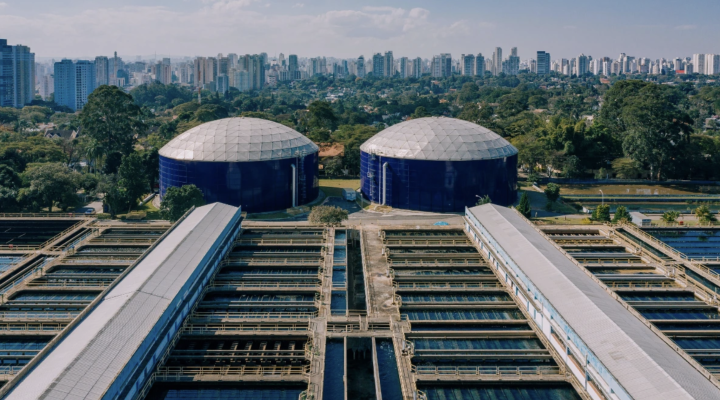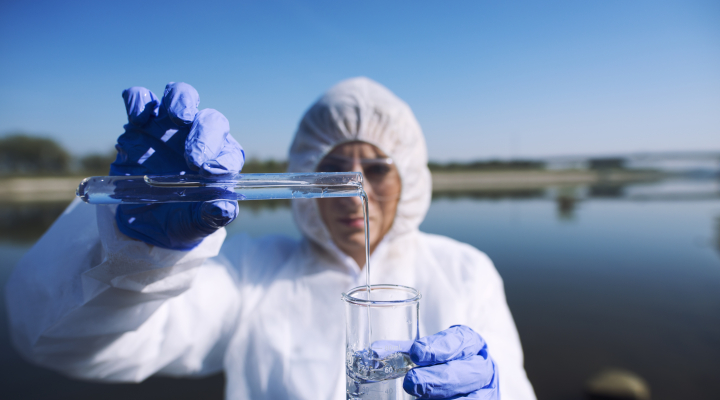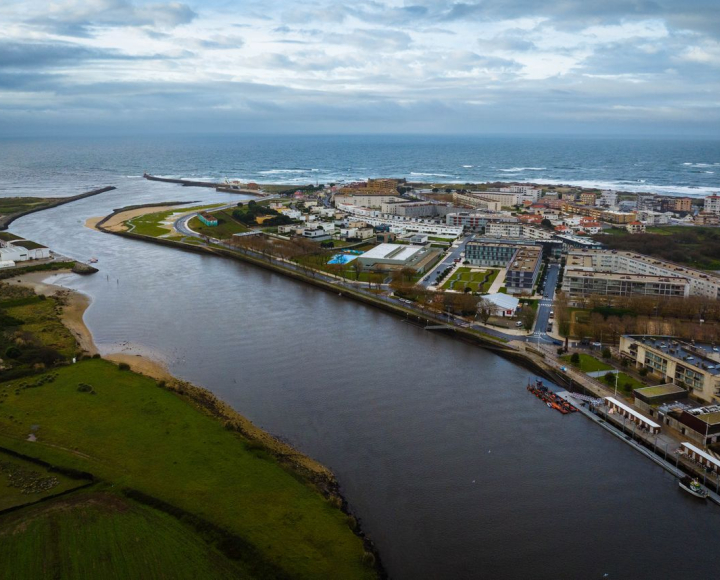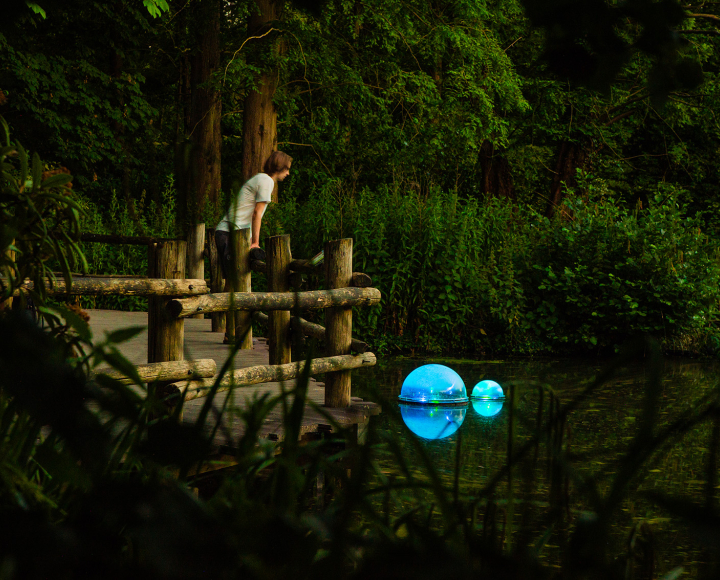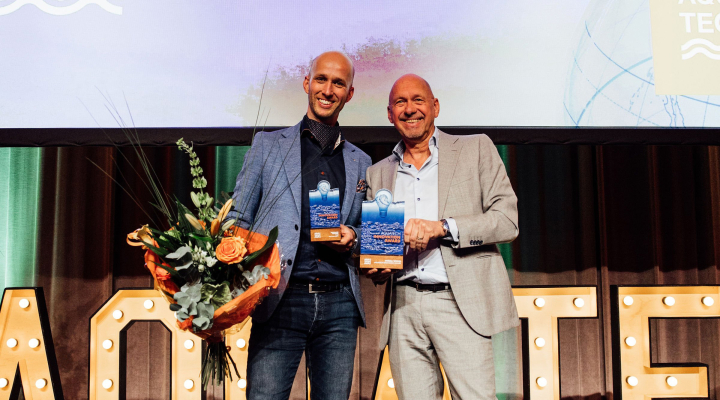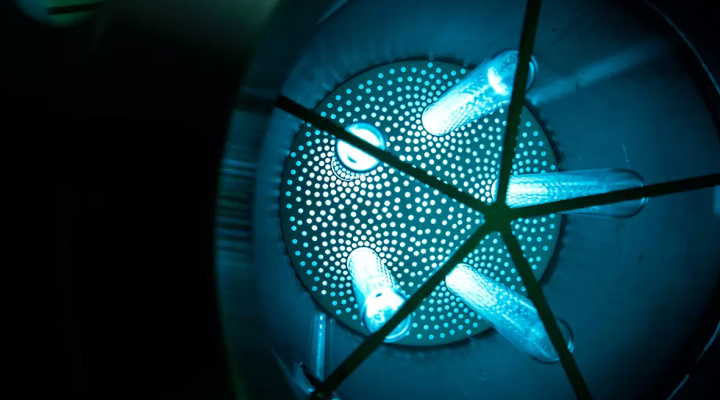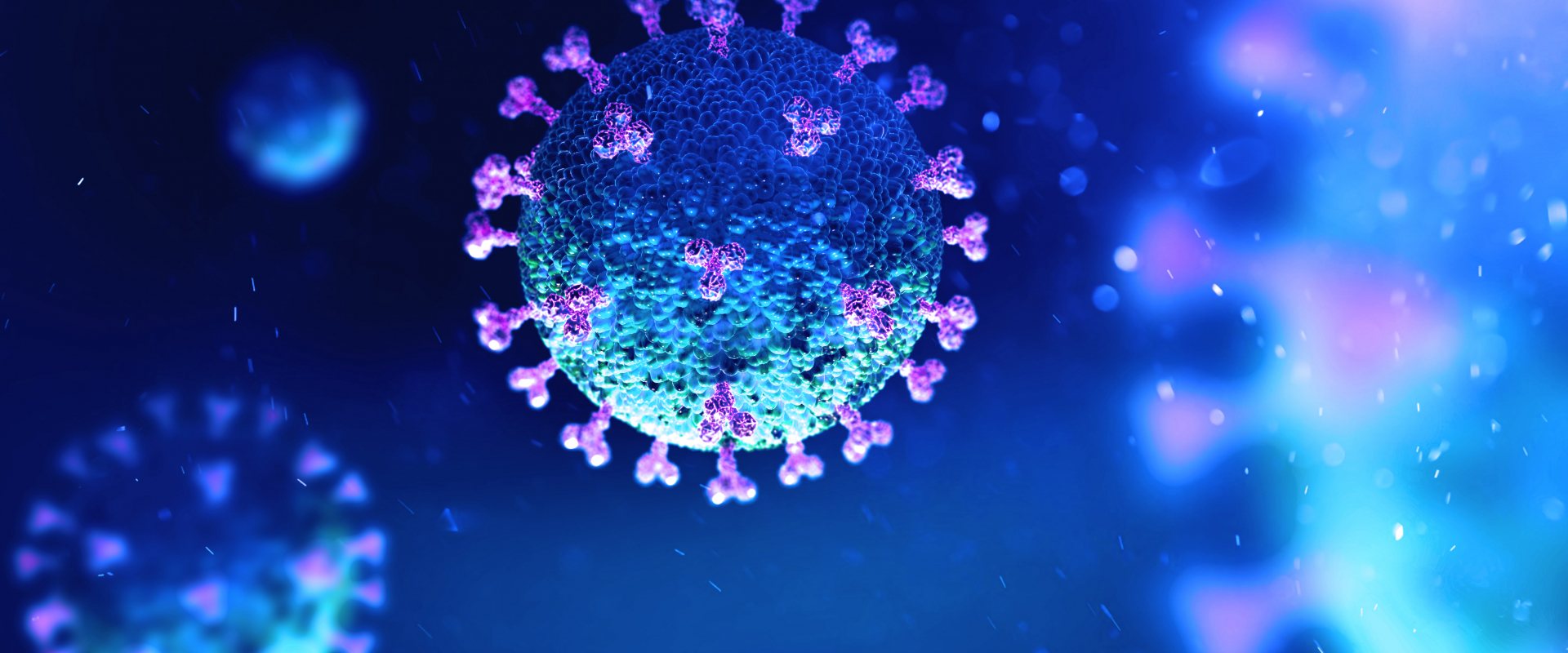
Sewer surveillance part of Dutch national Covid-19 dashboard
Sewage water screening will be part of the Dutch national Covid-19 dashboard, a monitoring tool on the Coronavirus that is currently in preparation by the Dutch Government.
By applying artificial intelligence, the correlation between sewer surveillance and all other Covid-related data, is expected to enrich the national dashboard and improve the early warning of new outbreaks.
The Dutch Minister of Health, Mr Hugo de Jonge, has revealed details of the dashboard that is to become an important instrument for ‘maximum monitoring’ to allow detection of new out breaks as early as possible. The dashboard will include data that is already being collected, such as the number of newly registered infected people, hospital admissions, people in intensive care, registrations by general practitioners (GPs).
The basic reproduction number R, indicating the contagiousness or transmissibility of the virus, is an important part of the dashboard.
Sewer surveillance
New elements, such as behavioural data, are also being added to the dashboard, according to Minister De Jonge. He also mentioned the use of telecom data and sewage screening that provides insight into which areas new genetic material of the virus appears in the sewage.
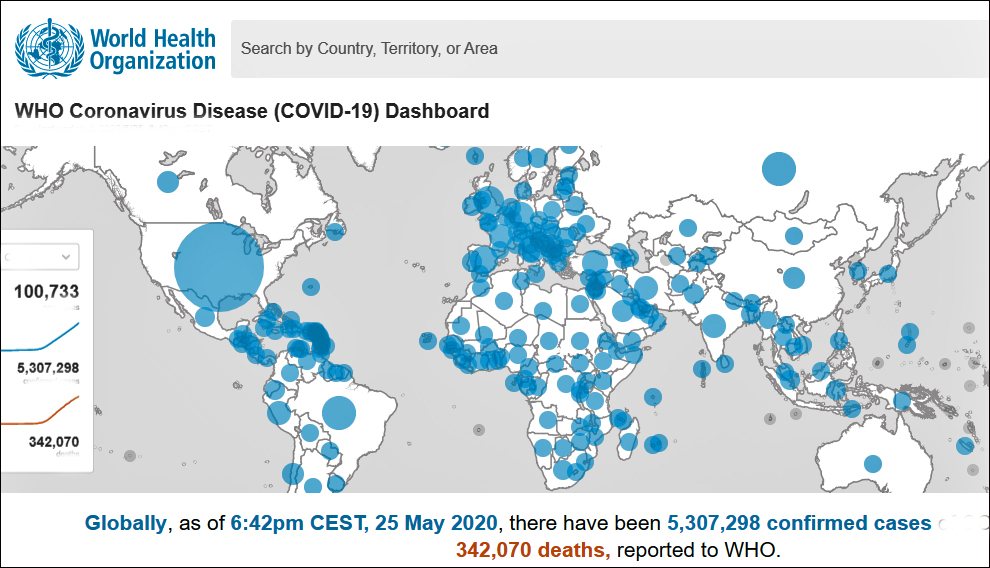

Experiences
The sewer surveillance builds on the experiences gathered by Dutch water institute KWR. The institute has been monitoring the presence of genetic material of the Sars-Cov2 virus in sewage water at Dutch waste water treatment plants since early February.
The measurements reflect the spreading of the virus. At first there were no traces of Covid-19 gen material in the waste water. Later on, when the virus reached the Netherlands, KWR started to find gen material in the incoming waste water at various WWTP’s.
In one case, the measurements by KWR indicated the presence of the Coronavirus in a Dutch city, three days ahead of the first case being reported by health institutions.
Relation to patient data
At the moment, Dutch national public health institute RIVM is conducting many RNA-tests in sewer systems to be able to better link the sewer outcomes with the outcomes of Covid-19 tests that are conducted at health centres. Reportedly, RIVM is looking for RNA-traces of the virus in sewers near general practitioners (GP) locations that reported Covid-19 cases to the national institute.
The correlation between the underground RNA-gen findings in the sewer and the aboveground Covid-19 testing may show us more about the development of the virus.


Falling curves
According to KWR sewer surveillance expert, GertJan Medema, the rising curves of the SARS-Cov-2 RNA in sewage treatment plants at the time of the outbreak, perfectly matched the rising curves of registered patients. Now the spreading is decreasing in the Netherlands, KWR notices a fall in the curve of the sewer surveillance, however the fall in registered patients is not dropping accordingly.
Apparently there is a delay. Medema has no explanation yet, but expects this has to do with the delay in the reporting of the results of patient tests by Dutch health centres.




